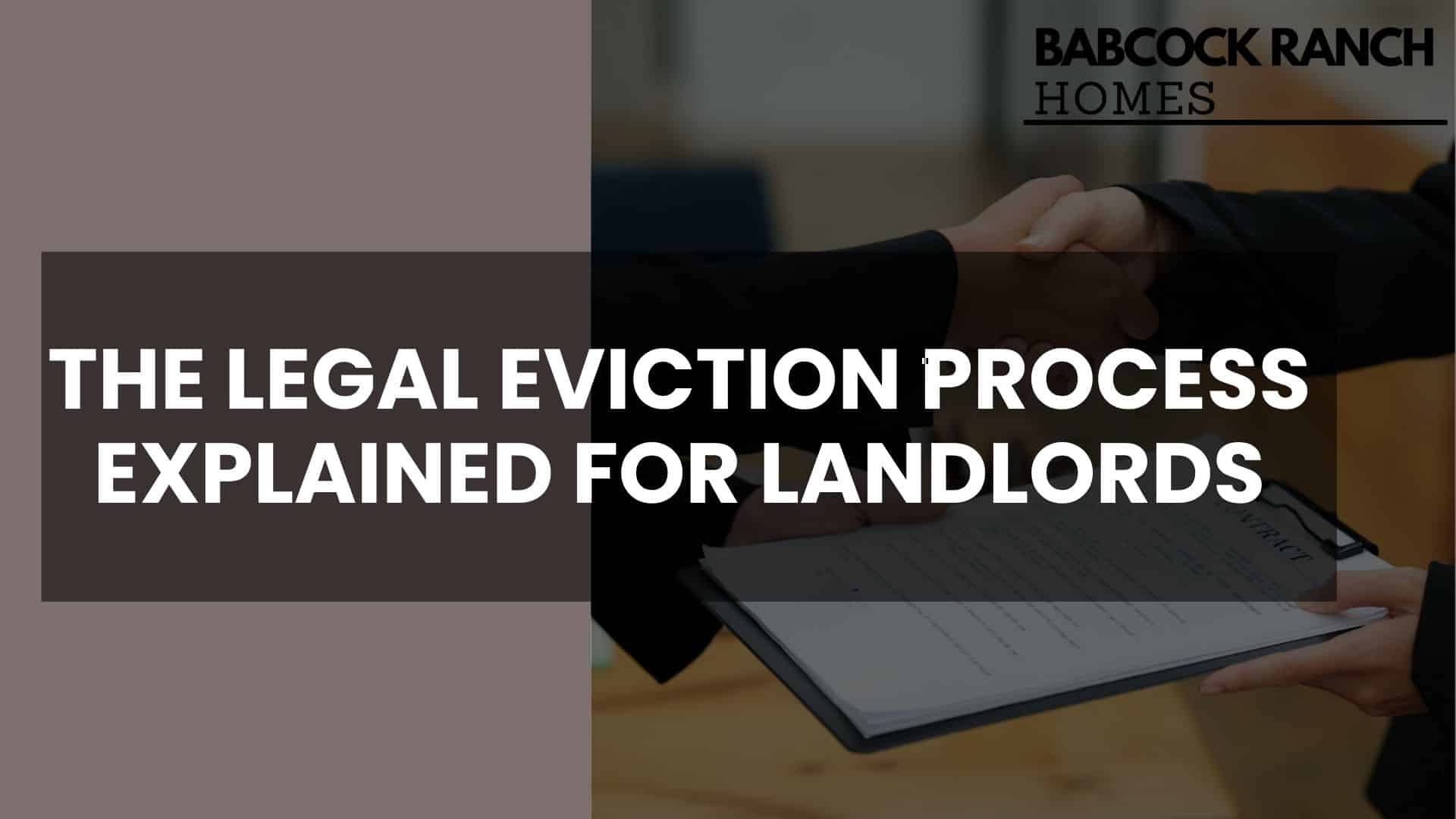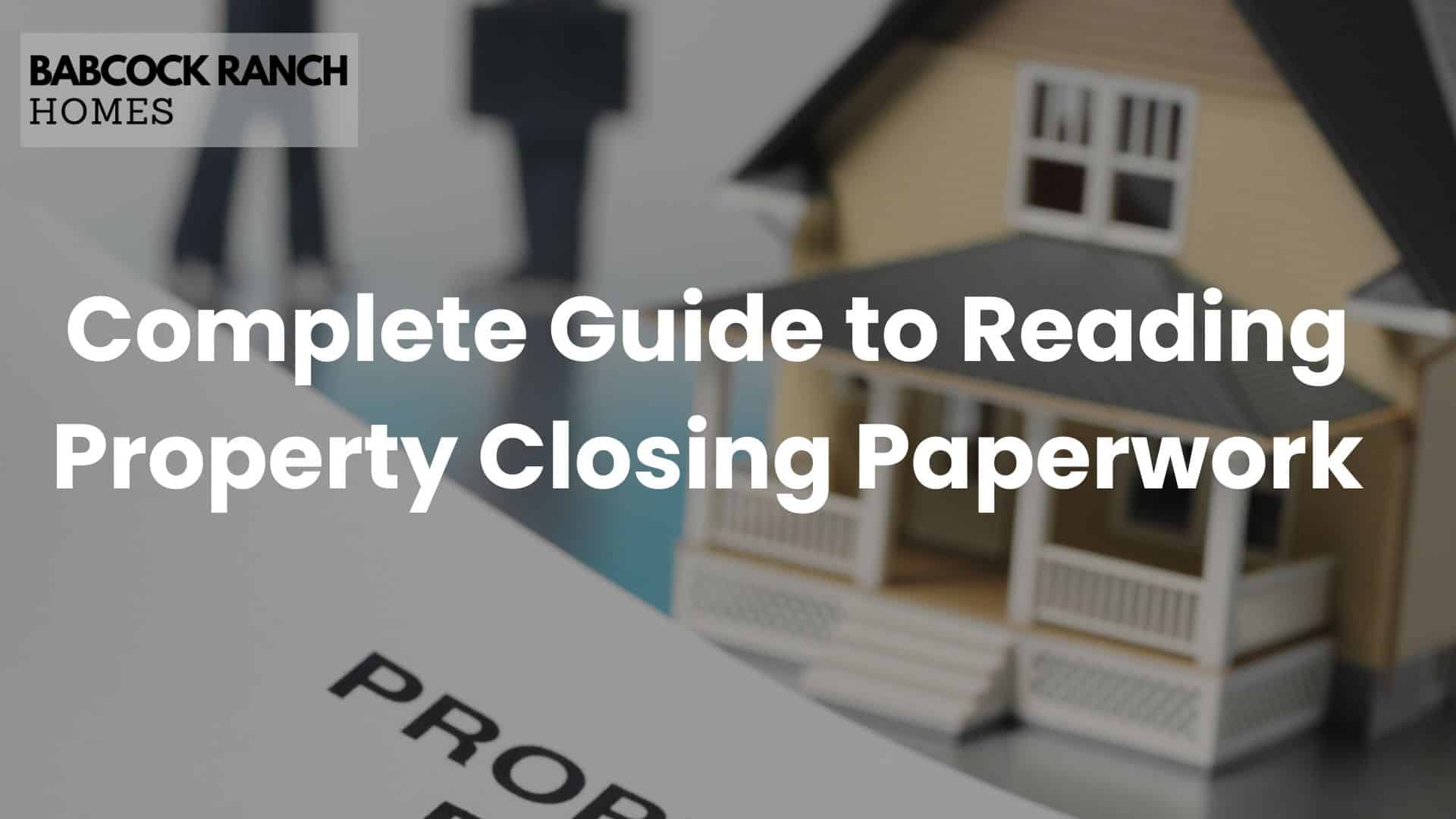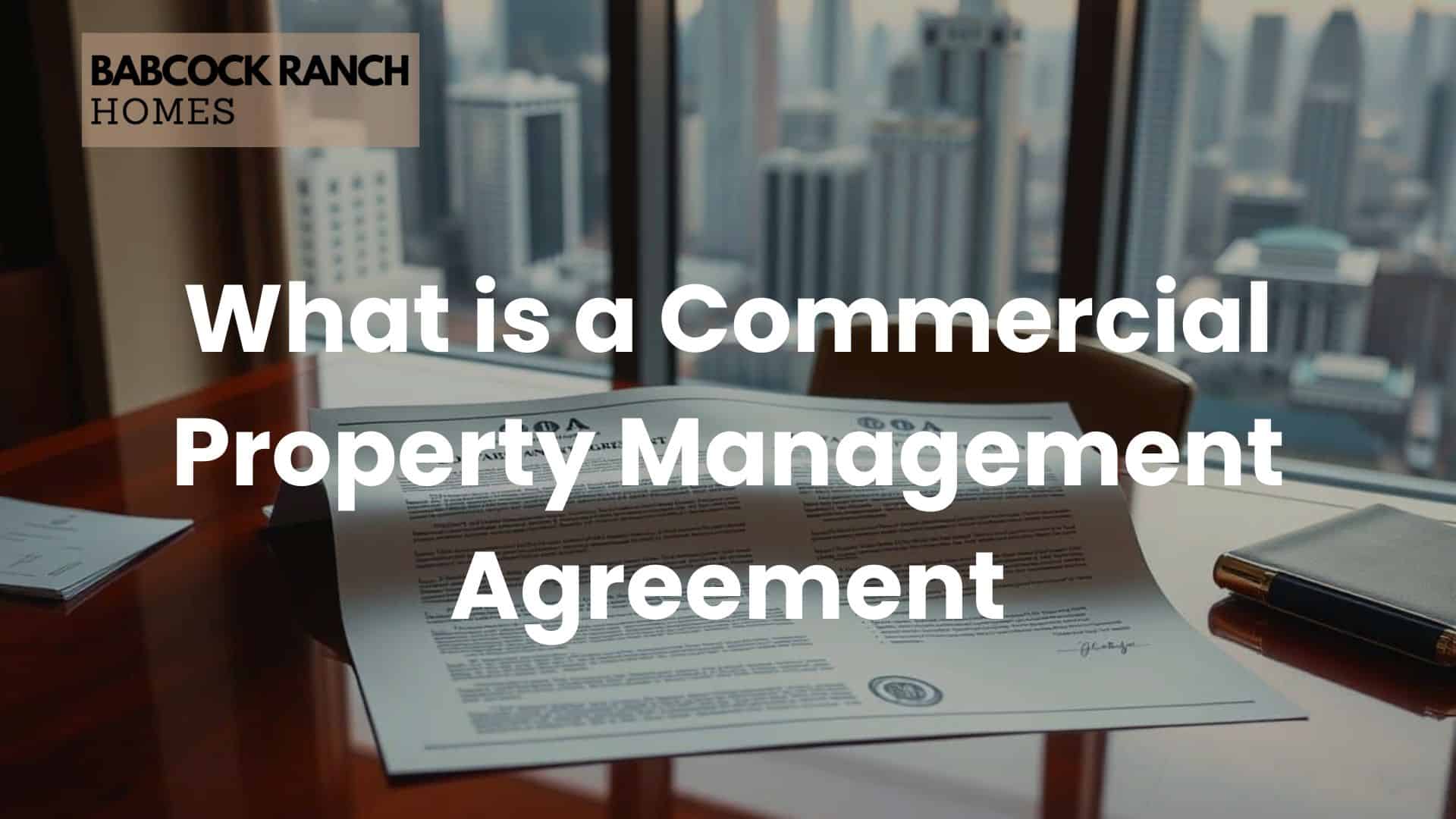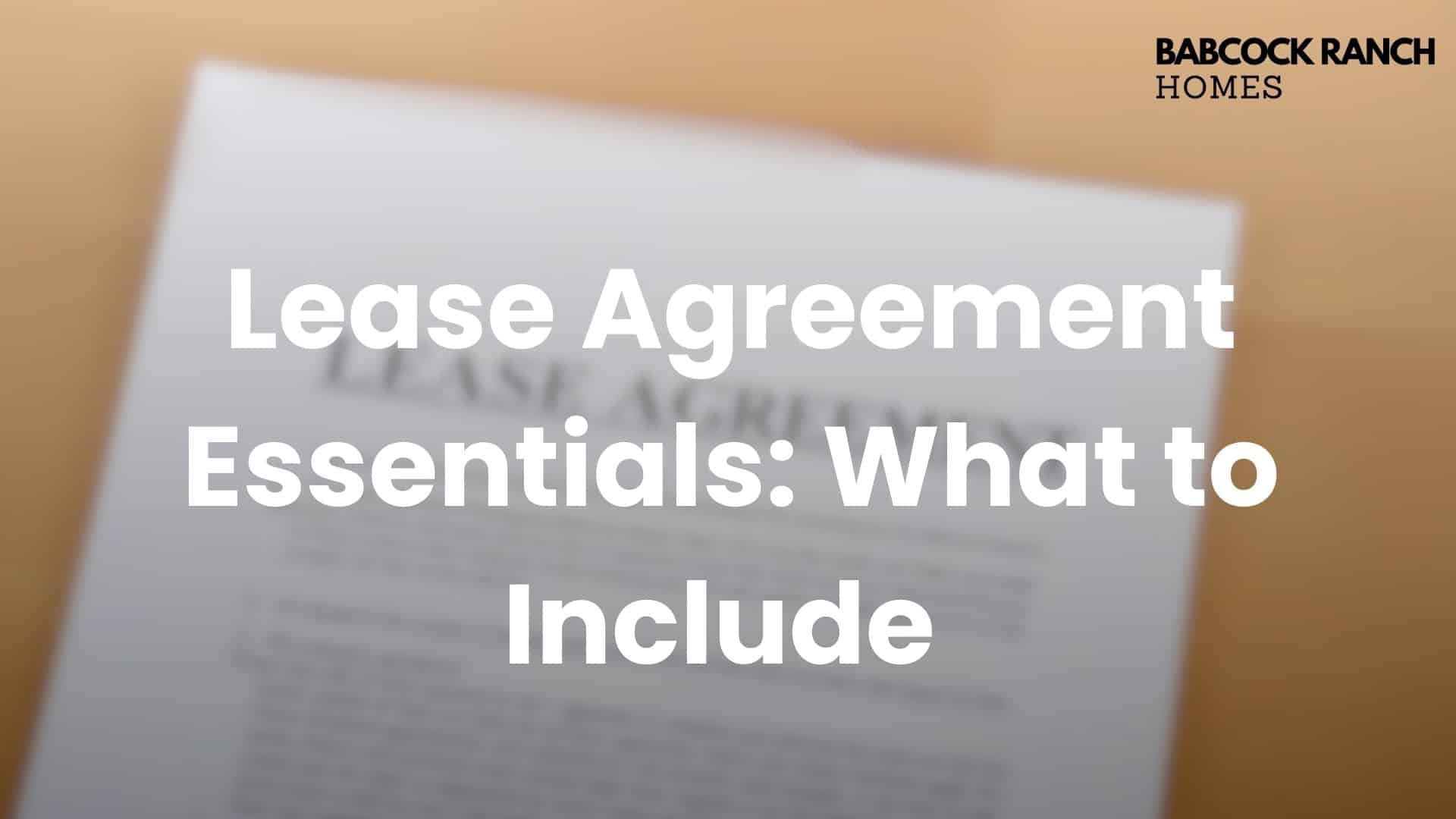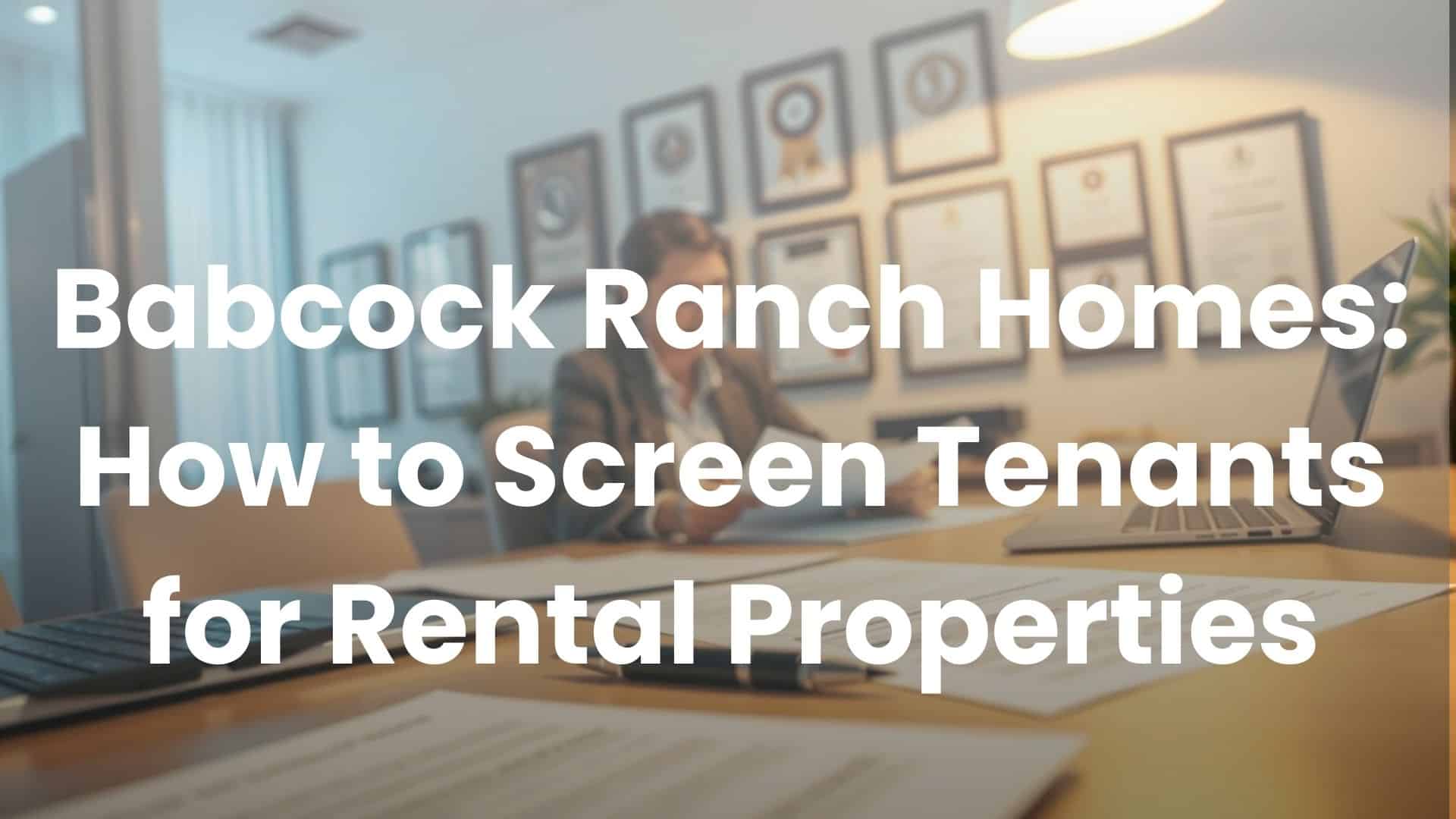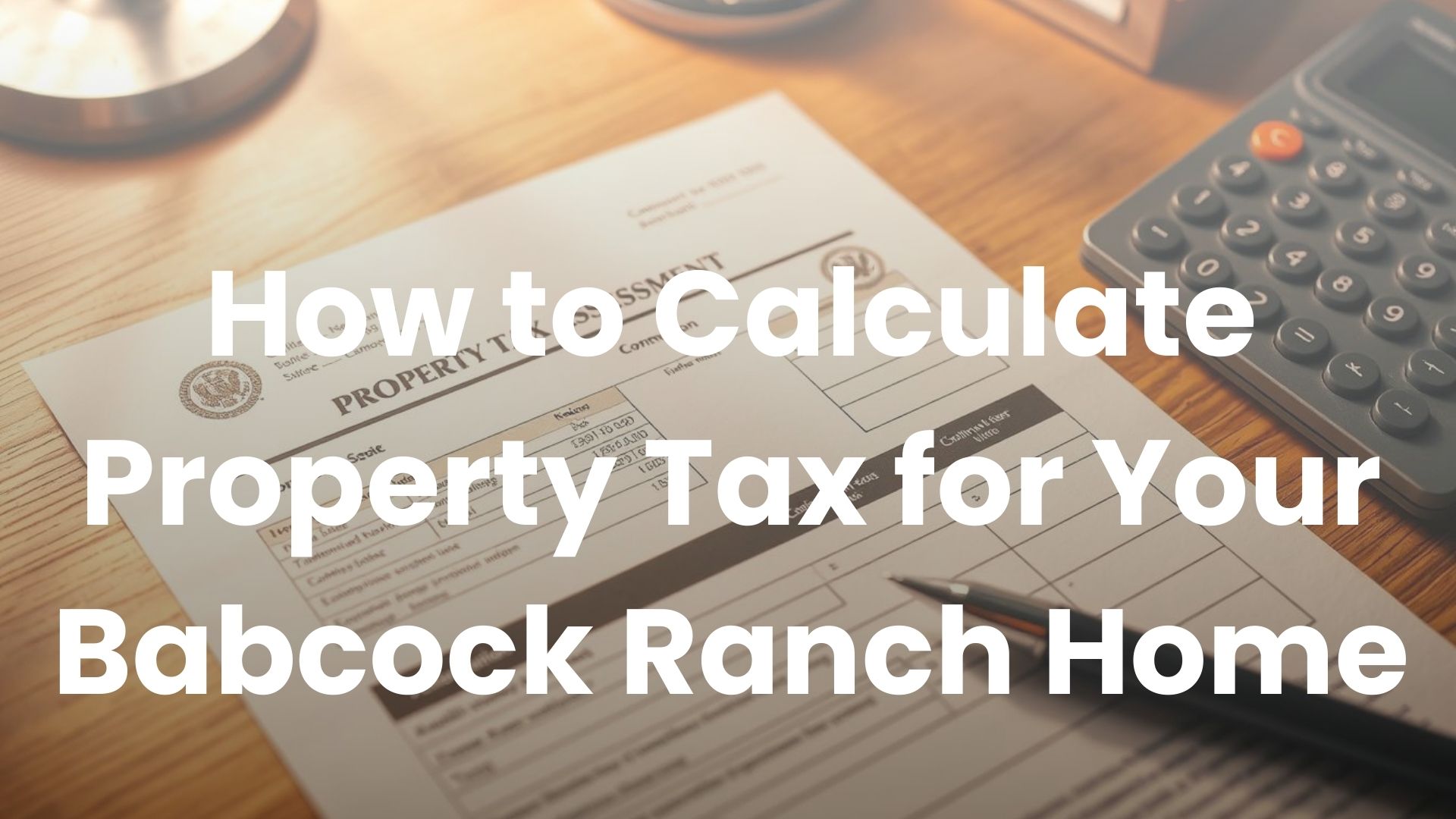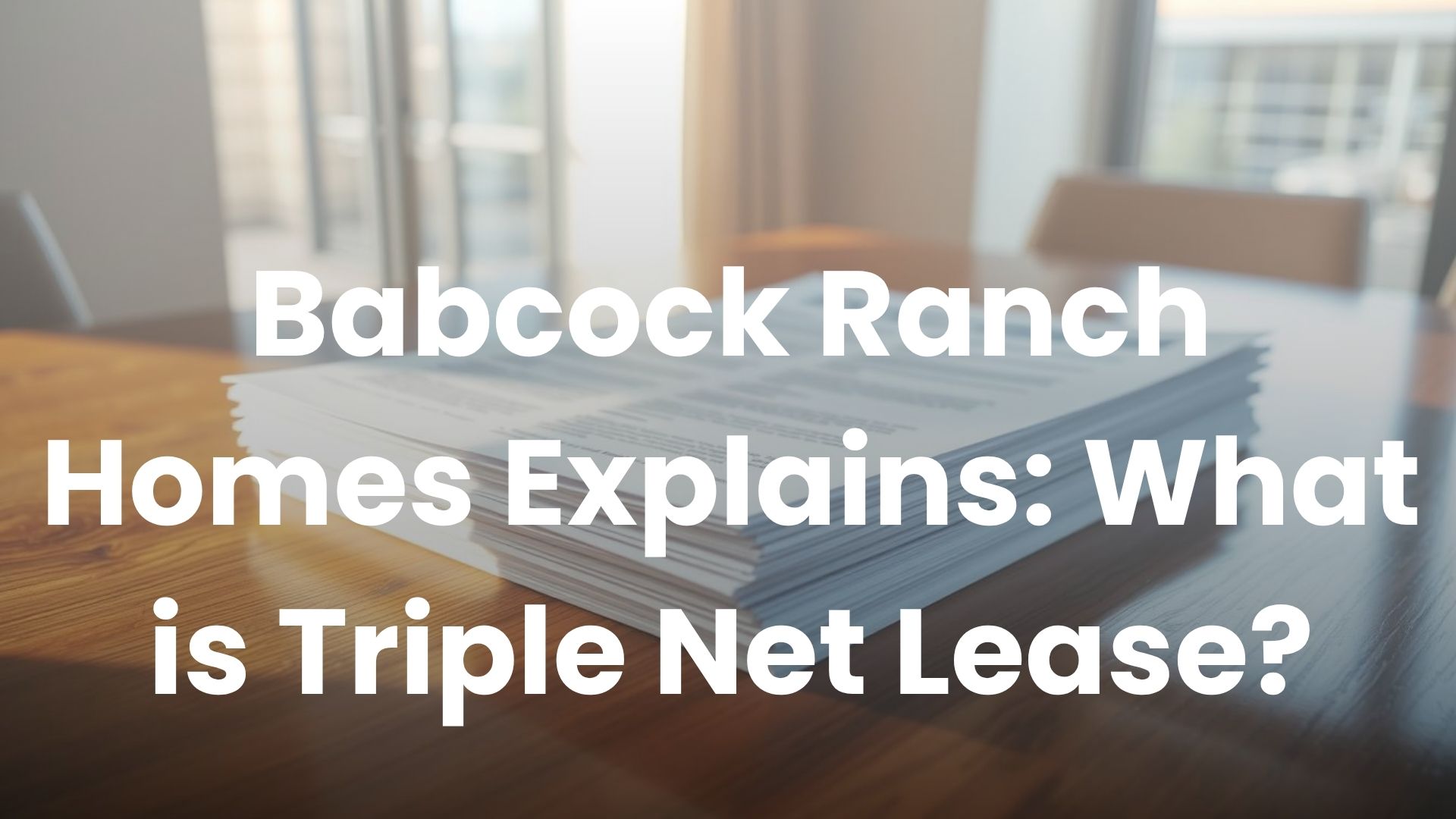A contractual clause called the right of first refusal (ROFR) lets a specific party act before others in property deals. Think of it as a “first dibs” agreement – if the owner receives an offer, the holder gets priority to match it. This tool helps protect interests in residential sales, commercial leases, or investment properties.
ROFR arrangements are common when maintaining control matters. For example, homeowners’ associations might use them to manage neighborhood cohesion. Investors often include these clauses to safeguard long-term asset value. The process creates fairness while allowing flexibility.
Why does this matter for buyers and sellers? Without understanding ROFR terms, you might miss opportunities or face unexpected constraints. Clarity about timelines, pricing rules, and legal obligations prevents costly misunderstandings. Our team at Babcock Ranch Homes simplifies these concepts through actionable insights.
This guide will explain how ROFR works in practice. You’ll learn negotiation strategies, common scenarios, and ways to balance protection with market access. Whether you’re purchasing land or managing rental units, knowledge empowers smarter decisions.
Key Takeaways
- A ROFR grants priority purchasing privileges before third-party offers are accepted
- Commonly used in residential communities and investment partnerships
- Helps maintain property value and control over assets
- Requires clear terms about response deadlines and price matching
- Can influence negotiation leverage in real estate deals
- Professional guidance ensures balanced agreements for all parties
Understanding the Concept of Right of First Refusal
Priority purchasing arrangements shape property deals by giving select parties early access. These agreements create structured opportunities while protecting stakeholder interests.
Defining Key Terms and Core Elements
A holder receives priority privileges under contractual terms. Sellers must notify this party before accepting external offers. Valid agreements specify response deadlines, price matching rules, and asset details.
Contracts become enforceable when they outline clear procedures. For example, lease agreements might require tenants to receive purchase notifications. This prevents sudden ownership changes affecting rental stability.
| Term | Role | Importance |
|---|---|---|
| Holder | Priority responder | Guarantees fair opportunity |
| Seller | Notification provider | Maintains legal compliance |
| Contractual Right | Binding framework | Prevents disputes |
| Market | Value reference | Ensures competitive pricing |
Historical and Practical Perspectives
Originally used in medieval land rights, modern applications span commercial leases and family trusts.
“ROFR clauses balance power dynamics by creating structured negotiation windows,”
notes Investopedia’s analysis of contractual frameworks.
Property managers often use these terms to maintain community cohesion. In one 2022 case, a Florida HOA prevented external investors from acquiring waterfront homes through active ROFR execution. Clear language prevents loopholes – ambiguous timelines or pricing terms often lead to litigation.
what is a right of first refusal
Agreements in property sales sometimes include priority response rights for involved parties. When an owner receives an external bid, the right first offer holder can step in to match offer terms or decline. This creates structured fairness while protecting stakeholder interests.

Unlike a first offer requirement (where owners must approach the holder first), ROFR activates only after third-party bids emerge. For example:
- A condo association receives a purchase proposal for common areas
- The board has 30 days to approve matching terms or let the sale proceed
- If declined, the original buyer’s deal moves forward
| Feature | ROFR | Right of First Offer |
|---|---|---|
| Timing | After third-party bid | Before listing |
| Action Required | Match existing terms | Make initial offer |
| Seller’s Obligation | Disclose all offers | Negotiate exclusively first |
| Typical Use | Investment partnerships | Commercial leases |
“ROFR clauses create accountability in multi-party transactions by establishing clear response protocols,”
Consider a homeowner selling land with ROFR terms to neighbors. If Developer X proposes $500k, the neighbors get priority to make offer at that price. Clear deadlines (often 15-45 days) prevent indefinite delays. This balance protects relationships while keeping deals market-driven.
Advantages and Disadvantages for Buyers and Sellers
Property agreements often include mechanisms that favor certain parties during transactions. ROFR clauses create unique dynamics where both sides weigh trade-offs between security and flexibility.
Why Buyers Gain Security
Buyers with priority rights avoid bidding wars. They can secure properties at market rates without competing against others. This insurance-like protection works well in tight markets.
| Buyer Advantages | Seller Challenges |
|---|---|
| Guaranteed purchase opportunity | Fewer competing offers |
| Price locked at third-party bid | Potential price stagnation |
| No upfront costs to maintain rights | Extended sale timelines |
Seller Considerations
Sellers may face hurdles attracting multiple bids. A 2023 National Association of Realtors study found 68% of agents report ROFR clauses slow transactions. “These agreements require sellers to prioritize one buyer, which can deter others from making offers,” notes Realtor.com analyst Bethany Howard.
Price negotiations become constrained. If the holder matches terms, sellers lose flexibility to negotiate better deals. However, structured agreements with clear timelines minimize delays.
“ROFR creates stability for buyers but demands careful contract design to protect seller interests.”
Balanced agreements address both parties’ needs. Clear terms about response windows and pricing methods prevent misunderstandings. Professional guidance ensures fair outcomes.
ROFR in Various Real Estate Scenarios
Real estate agreements adapt to protect stakeholders in diverse situations. These clauses appear across residential, commercial, and family-based deals, shaping outcomes for tenants, owners, and communities.

Lease Agreements and Tenant Rights
Tenants often gain priority through lease addendums. A commercial tenant might secure ROFR terms to purchase their rented space if the owner decides to sell. This prevents sudden displacement and supports business continuity.
| Scenario | Benefit | Timeline |
|---|---|---|
| Residential Lease | Tenant stability | 30-day response |
| Commercial Space | Business retention | 60-day window |
| Mixed-Use Property | Owner flexibility | Market-driven terms |
In one 2023 example, a Brooklyn café owner exercised ROFR to buy their building after 10 years of leasing. The clause allowed them to counter a developer’s bid, preserving local character.
Family, HOA, and Other Applications
Families use ROFR to keep property within bloodlines. If a relative wants to sell inherited land, others can match external offers. HOAs apply similar logic to maintain neighborhood control.
- Estate planning: Prevent third-party sales of family homes
- Community pools: HOAs block incompatible commercial use
- Farmland preservation: Agricultural co-ops prioritize member purchases
“ROFR clauses help communities preserve their identity while respecting market dynamics.”
Potential buyers should review these terms early. A Florida HOA recently used ROFR to acquire a waterfront lot, blocking a hotel chain’s bid. Clear agreements balance business needs with collective interest.
How ROFR Differs from Right of First Offer
Many property agreements include priority purchase options, but their activation triggers vary significantly. While both tools grant special privileges, their mechanics shape negotiations differently.
Timing and Negotiation Differences
A right first offer requires owners to approach the holder before marketing the property. For example, landlords might need to present terms to current tenants first. If declined, the owner can then seek third party buyers freely.
ROFR works oppositely. Owners can entertain external bids freely but must let the holder match any accepted offer. This creates distinct timelines:
| Feature | Right First Offer | ROFR |
|---|---|---|
| Initial Action | Holder makes first offer | Owner finds buyer first |
| Third-Party Role | Secondary option | Triggers holder’s response |
| Negotiation Power | Holder sets initial price | Holder reacts to market rates |
“ROFR preserves market-driven pricing, while right first offer clauses let preferred buyers set the baseline.”
Consider a warehouse owner. With a first offer clause, they must propose terms to their logistics tenant before listing. Under ROFR, they could accept a developer’s bid but let the tenant counter at that price.
These differences impact strategy. Sellers preferring speed might avoid right first offer terms that delay listing. Buyers wanting price certainty often favor ROFR to lock in market rates.
Key Considerations for Customizing Your ROFR Agreement
Tailoring agreements ensures they align with specific goals while protecting stakeholder interests. Custom clauses adapt to unique situations – whether managing family estates or commercial portfolios. Three elements demand attention: adaptable terms, enforceable timelines, and market-responsive valuations.

Contractual Flexibility and Custom Clauses
Effective agreements balance structure with adaptability. Property type, holder priorities, and local regulations influence which terms to modify. Consider these adjustable elements:
| Clause | Purpose | Example |
|---|---|---|
| Price Determination | Aligns with market shifts | Independent appraisals for rural land |
| Property Scope | Defines covered assets | Excluding outbuildings in farm sales |
| Dispute Resolution | Prevents litigation delays | Mandatory mediation within 45 days |
Urban condo associations might prioritize unit resale control, while agricultural co-ops focus on land use restrictions. Legal professionals often recommend including market value assessment methods to prevent pricing disputes.
Important Timeframes and Notification Procedures
Clear deadlines protect both parties from uncertainty. Typical response windows range from 15-60 days, depending on asset complexity. Best practices include:
- Defining notification formats (email, certified mail)
- Specifying clock-start triggers (e.g., postmark dates)
- Including grace periods for technical errors
“Customized timelines prevent deals from stalling while respecting holder priorities.”
Regular reviews with attorneys keep agreements current with zoning laws and tax codes. This proactive approach maintains contractual rights without sacrificing flexibility. Investors often update terms during portfolio expansions or regulatory changes.
Steps to Secure a Right of First Refusal
Establishing priority purchasing rights requires careful planning and precise documentation. Follow these steps to create enforceable agreements that protect interests while maintaining market flexibility.

Identifying the Asset and Outlining Terms
Start by specifying which property or asset the agreement covers. Define whether it applies to entire parcels, specific units, or partial ownership stakes. Clarify triggers like sale intentions or third party bids.
Key terms to negotiate:
- Response deadlines (typically 15-60 days)
- Price matching rules based on appraisals or market comparisons
- Conditions for waiving rights
For example, a property owner selling farmland might grant ROFR to adjacent landowners. The holder could then counter any external offers at matching terms within 30 days.
Consulting with Legal and Real Estate Professionals
Engage experts to review draft agreements. Attorneys ensure compliance with state laws, while agents assess market impacts. Babcock Ranch Homes provides tailored guidance through every phase:
- Drafting clear contract language
- Validating fair pricing mechanisms
- Setting realistic timelines for offers
“Custom agreements demand precision – vague terms invite disputes.”
Act early when initiating negotiations. Owners should approach potential buyers before listing properties. For expert assistance, contact Babcock Ranch Homes at 518-569-7173 (Florida-based services). Proper planning creates balanced protections for all parties involved.
Conclusion
Navigating property agreements demands awareness of tools that balance control and flexibility. ROFR clauses empower holders to match third-party bids, preserving opportunities while respecting market dynamics. Unlike “first offer” requirements, these provisions activate only after competitive terms emerge – a critical distinction shaping negotiation strategies.
Buyers gain security through priority access, while sellers retain pricing fairness. However, poorly structured agreements risk delays or undervalued assets. Custom terms addressing response timelines, valuation methods, and dispute resolution prevent conflicts.
Real-life cases demonstrate their value: HOAs blocking incompatible developments, tenants securing leased spaces, and families maintaining generational estates. Yet success hinges on precise language tailored to each scenario’s unique needs.
Consulting real estate and legal professionals ensures enforceable contracts aligning with local regulations. Whether managing commercial portfolios or residential sales, informed decisions protect interests without sacrificing market agility. Let expertise guide your next move – clarity transforms complex clauses into strategic advantages.


